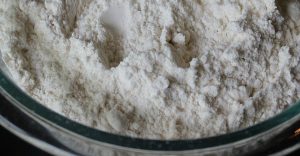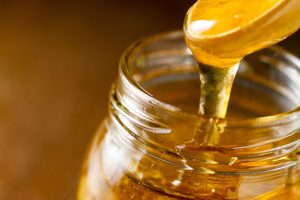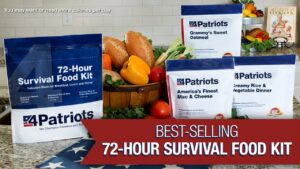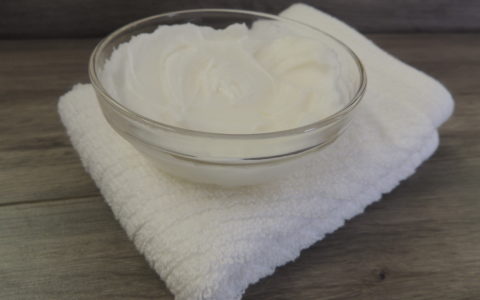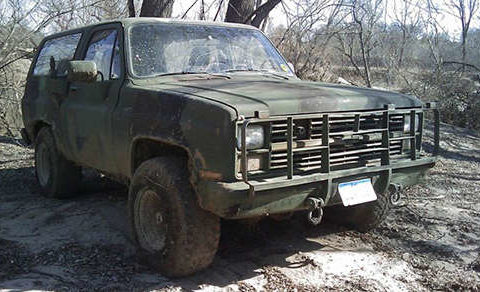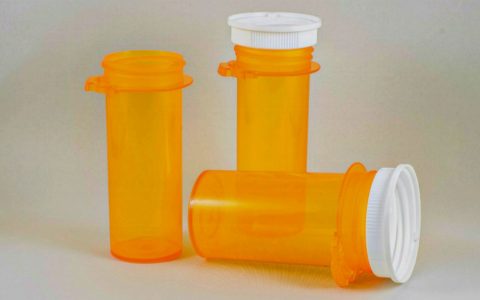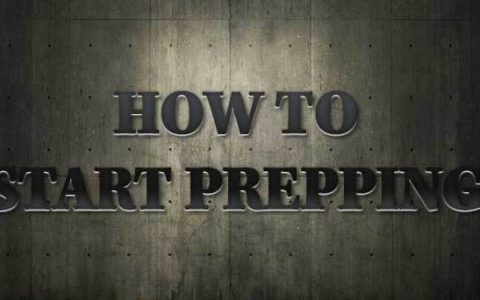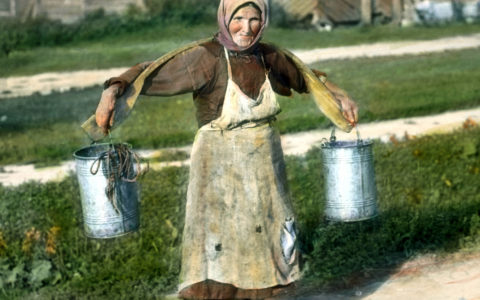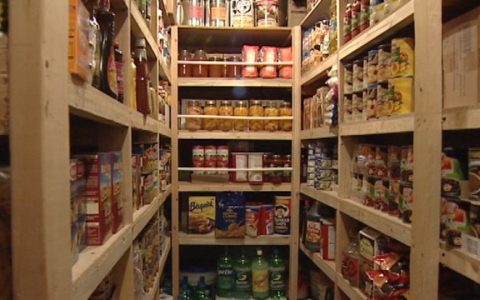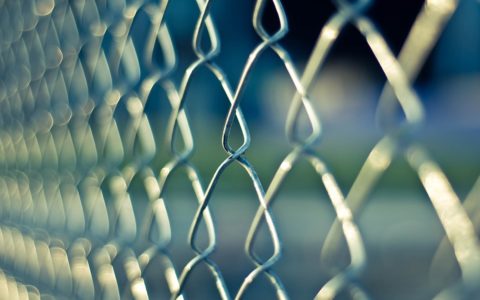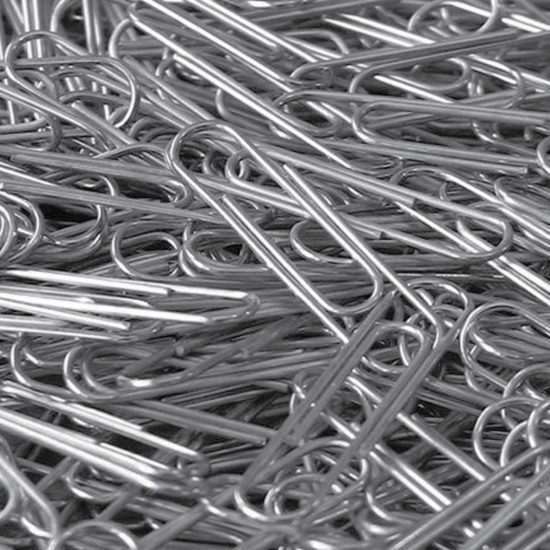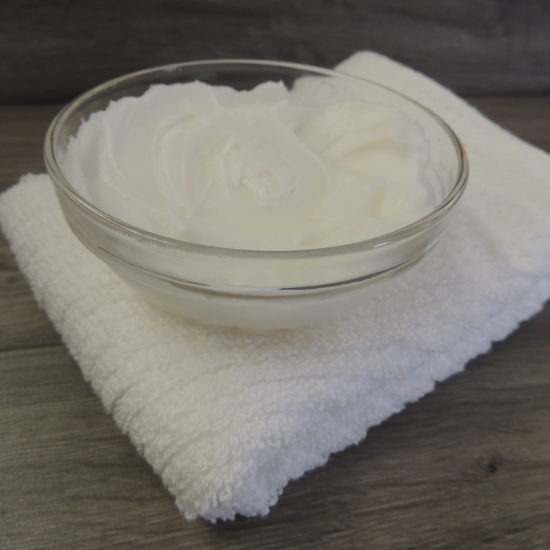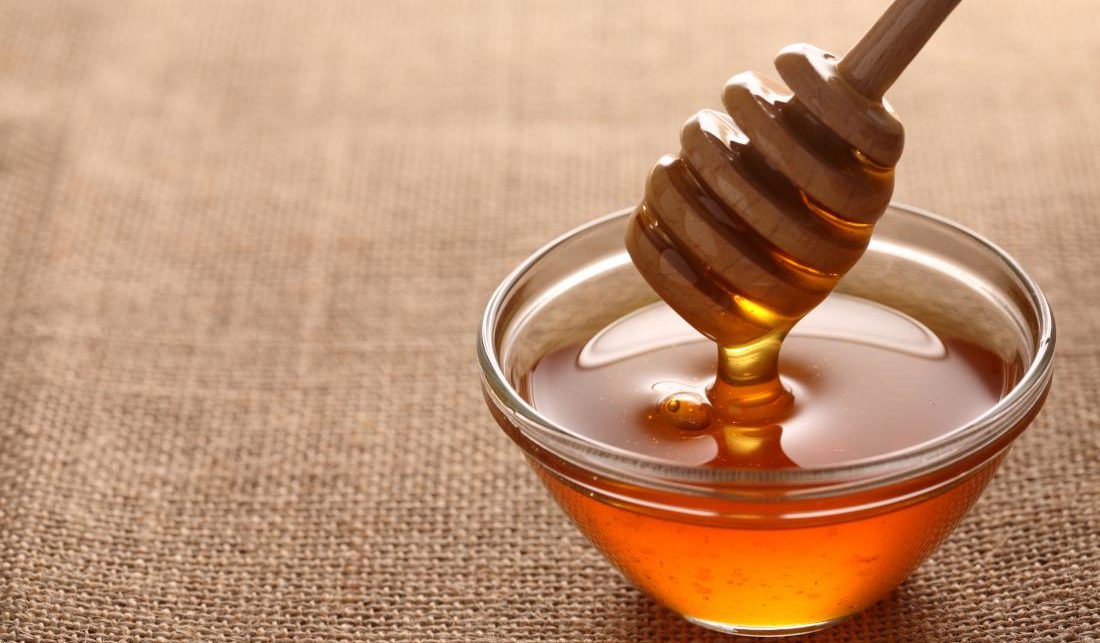
One of the best ways to ensure your family is prepared for no matter what is to have a useful, and plentiful supply of stored food. I love MREs and freeze-dried meals, specifically, because they are so easy to prepare and work so great if we have to bug out. However, to supplement your supply, there is nothing like storing some basic food staples to make sure your family never goes hungry.
Most of these items, perfect for long-term storage are extremely basic and generally cheap to obtain, but they pack a major nutritional punch and can be cooked and baked into hundreds of different meals to keep your family, fed and satisfied. In addition, most of these items will have excellent barter potential too.
1. Rice
All kinds of white rice are acceptable for long-term storage. When stored properly, rice can stay good for 30 years or more making it a perfect long-term storage food item. To Properly Store Rice: Pack it in an airtight container, or food-grade bucket, to keep oxygen and pests out. Keep it in a cool, dry area.
2. Flour
Flour, wheat, or white, can stay good on the shelf for 5 to 10 years. If you have space; freezing your flour can extend its life exponentially. To Properly Store Flour: You can store it in the traditional paper sack they come in if you can keep it refrigerated, but it is better to pack your flour in an airtight bag or storage bucket and keep it in a dry, cold place – the colder the better.
3. Honey
Honey is a great item to have on hand, not only is it a great sweetener, but it has medicinal properties and is enjoyed by kids and adults alike. The best part is, that it will not go bad. Honey may change its color or even crystallize a bit, but none of that changes the fact that it is still good to it. You can actually buy granulated honey, which is all ready for long-term storage and can be used like sugar or reconstituted the gooey stuff itself. To Properly Store Honey: keep it in an airtight jar and keep it in a cool dry place away from sunlight if possible. If the honey crystallizes, you can run warm water over the jar, or add small amounts of water and stir, to reconstitute it.
4. Salt
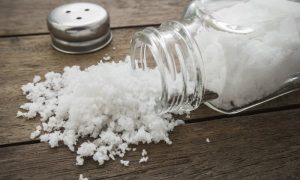
Salt may be one of the most important items you can stockpile. Not only is it important in everyday cooking, but its ability to preserve food will make it a popular item to not only have, but to barter with as well. To Properly Store Salt: Salt is easy to store, just keep it in a cool, dry area away from sunlight.
5. Sugar
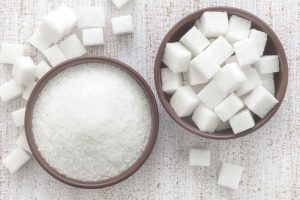
Sugar, much like salt, will likely be a popular bartering item and it makes sense why. Having sugar on hand will go a long way to provide our family with some home comforts when times are uncertain and hard. Like honey, sugar can crystallize, but it simply does not support any sort of bacterial growth, so no matter what it will be good. To Properly Store Sugar: To prevent crystallization, store in an airtight container, but no matter what store it in a cool dry place.
6. Popcorn
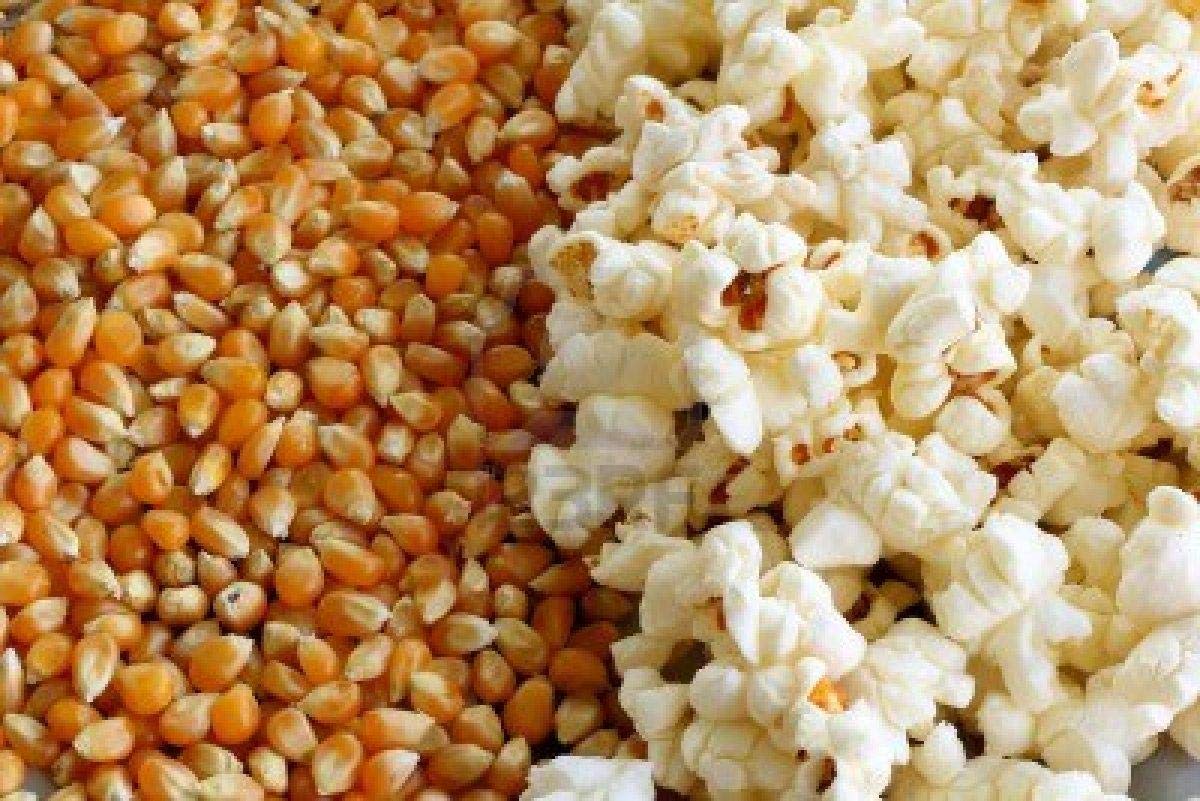
Popcorn or dried corn can stay safe indefinitely, which is why it is such an important resource to the indigenous people of this country… it could be used fresh, and then dried to be used throughout the winter. Dried corn can be ground and used as cornmeal or in any recipe that calls for fresh corn too. To Properly Store Popcorn: Once dried, keep it in a cool, dry place. Store in an airtight container or bag to keep out pests and keep away from light and heat.
7. Cornstarch
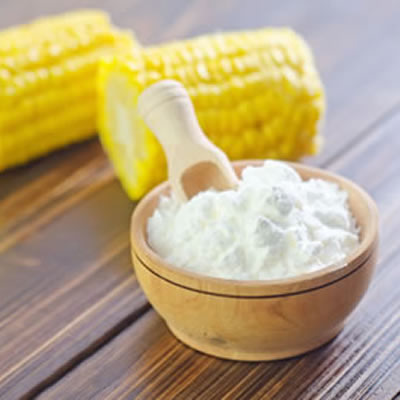
Cornstarch is a great tool in cooking, especially if you are trying to stretch your food supply with gravies and sauces. You don’t need much, and it doesn’t take much to store either, so it’s really no wonder so many preppers keep this on hand. To Properly Store Cornstarch: Keep it in a dark, cool, and dry place. Pack tightly to minimize air and contaminants getting in.
8. Vinegar
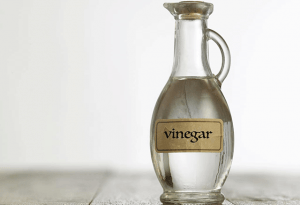
White vinegar lasts indefinitely on the shelf, and having it on hand is a must for the smart prepper. It is good for cooking and canning, but it is also a powerful natural cleaning agent and will be no doubt a popular barter item as well. To Properly Store Vinegar: Keep in a bottle with a tight lid or cap, and store in a dark, dry place.
9. Pasta
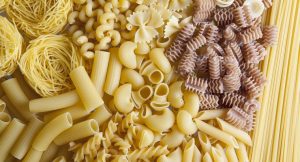
Even packaged the way it comes from the store, the pasta will keep for a few years. It is a great item to store, and a crowd pleaser and comfort food especially in survival situations. To Properly Store Pasta: You can buy pasta that is packaged for the long term, or you can store it in mylar bags with oxygen absorbers. Store in a bucket, or in another cool, dry place.
10. Pinto Beans
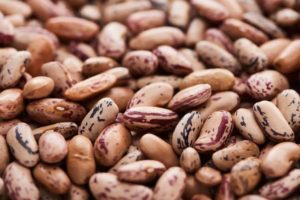
Beans are so cheap, easy to store, and pack serious nutritional value that they are a no-brainer for any prepper to consider in their stockpile. Dried pinto beans can last for many years. To Properly Store Pinto Beans: For the longest shelf life store them in mylar bags with oxygen absorbers. While they won’t go bad, they may get drier and harder over time. Even if they do get dry you can still grind them up and use them in most of your cooking, they will still be edible and nutritious.
11. Dried Peas
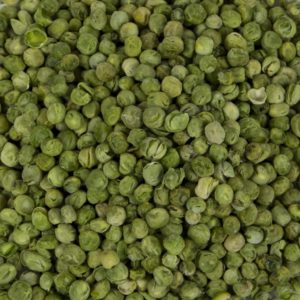 Dried split peas have an indefinite shelf life and can be used in soups, stews, or just as good ole peas themselves. To Properly Store Dried Peas: Much like beans and other legumes, the best method is to pack them in a mylar bag with oxygen absorbers, once packed they will last for many years. You can also stock up and buy a bucket, which is already packaged to last up to 30 years.
Dried split peas have an indefinite shelf life and can be used in soups, stews, or just as good ole peas themselves. To Properly Store Dried Peas: Much like beans and other legumes, the best method is to pack them in a mylar bag with oxygen absorbers, once packed they will last for many years. You can also stock up and buy a bucket, which is already packaged to last up to 30 years.
12. Baking Soda
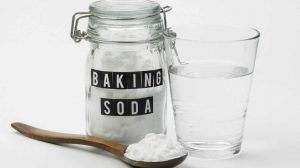
Baking soda has a variety of uses, for cleaning, baking, and medicinal purposes. If stored properly, it will last for years; though it can lose potency over time. To Properly Store Baking Soda: Keep in an airtight container and store in a cool dry place. Remember that baking soda absorbs odors, so you will want to keep it airtight and away from any of your other storage items. To test if your baking soda has lost its potency, add a little vinegar to a small amount of the baking soda… if it bubbles, it’s still good.
Food-grade buckets and mylar bags should be used whenever possible, and if oxygen is an enemy, oxygen absorbers. I also like to upgrade my buckets with gamma lids, that allow you to screw the lids on and off easily so you can access foods in your stockpile without fumbling around with difficult bucket lids. They stack nicely too. Food Bricks are also great for stacking and accessing your foods so you might consider them too.
Other self-sufficiency and preparedness solutions recommended for you:
The vital self-sufficiency lessons our great grand-fathers left us
Knowledge to survive any medical crisis situation
Liberal’s hidden agenda: more than just your guns
Build yourself the only unlimited water source you’ll ever need
4 Important Forgotten Skills used by our Ancestors that can help you in any crisis
Secure your privacy in just 10 simple steps



